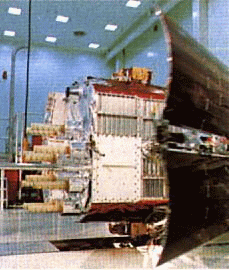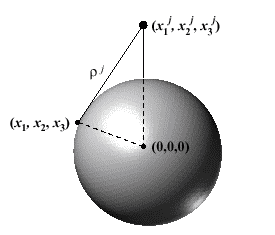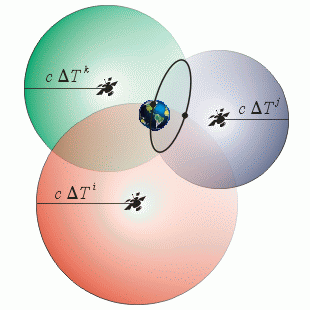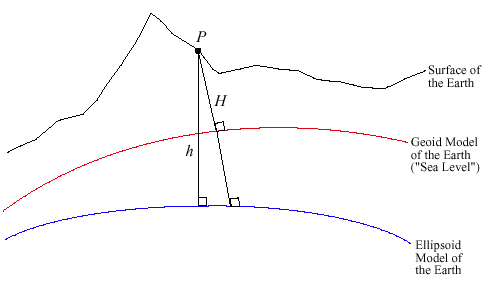

|
The Global Positioning System (NAVSTAR)
An Introduction |
|
Prof. David Bernstein
|
| Computer Science Department |
| bernstdh@jmu.edu |





